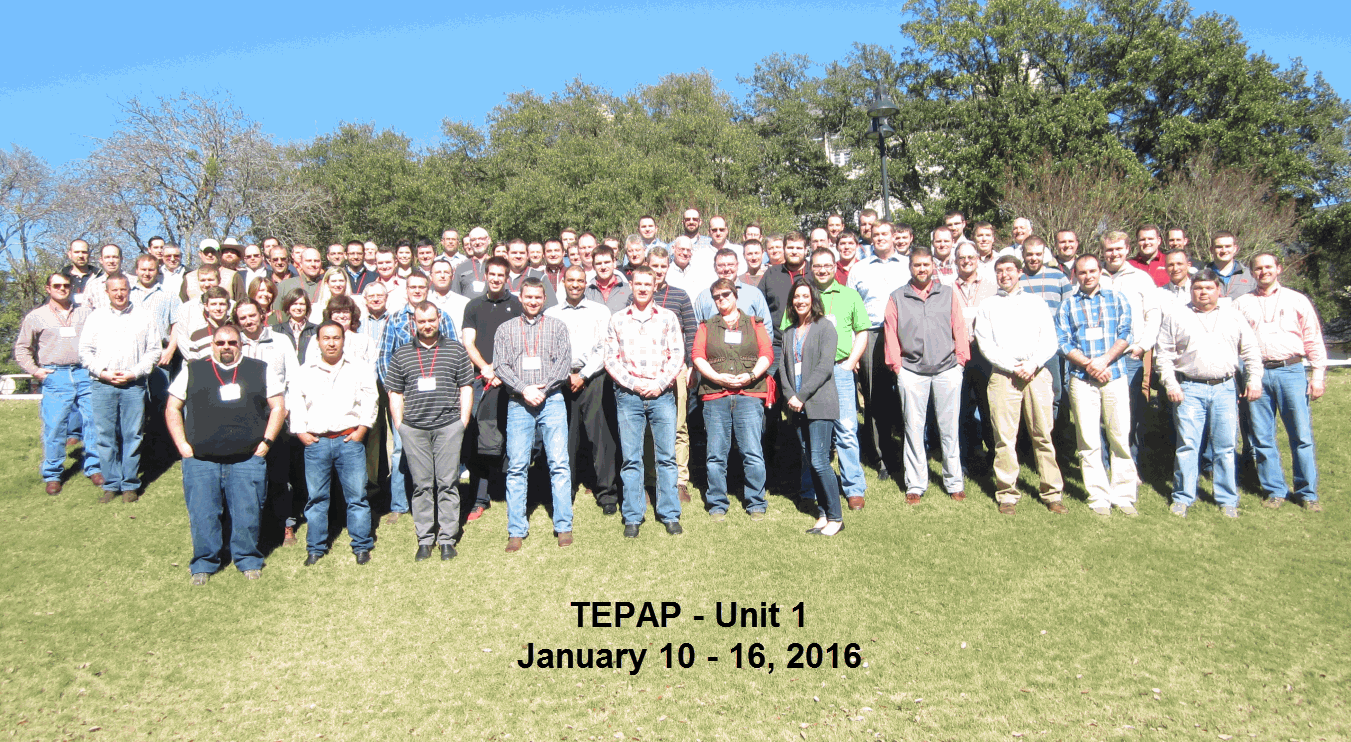Partners,
We continually strive to stay abreast of the ever evolving agricultural landscape. Phyllis and I just returned from the annual DTN/Progressive Farmer AG Summit in Chicago. The theme for this year’s meeting was "Mastering Your Margins: Strategies for Ag’s High-Risk Cycles.” This provided us with three intense days of speakers, seminars, breakout sessions, and networking opportunities. I really enjoy the DTN Ag Summit each year because it helps me with the effort to keep a finger on the pulse of the global agricultural industry. It also helps me to stay focused, gain fresh insights, and be a better manager.
I thought I would share with you a brief overview of some of the topics that were discussed:
Risky Business: Ag’s Climate Change Challenges (Greg Page, Executive Director, Cargill Inc. Board of Directors)
- More effort should be focused on possible solutions, rather than debating (the highly debatable) cause
- Long term planning of land usage needs to factor in the changing crop growing degree days
- Fish are very poor feed conversion creatures so aquaculture is not as promising as some had hoped
- Ruminant animals (by nature) have lighter environmental footprint
Weather Meets the Technology Frontier (Jim Block, chief meteorologist, Schneider Electric) & After El Nino: 2016 Crop Weather (Bryce Anderson, ag meteorologist, DTN/The Progressive Farmer)
- There is an astonishing amount of weather data being collected around the globe
- Weather data is being recorded and analyzed by increasingly sophisticated computer programs
- Weather forecasting will continue to improve
- The frequency of extreme weather events will increase
A Lender’s View of the Farm Economy (Mary McBride, president, CoBank)
- US economy is moving into a "not so bad" zone, and arguably the best economy going globally
- A strong U.S. dollar is a negative factor on agricultural exports
- There are now record world stocks of Soybeans and Wheat
Mastering MarginsPost-Crash (Chris Barron, president, Ag View Solutions)
- It is absolutely necessary to accurately measure all aspects of our business
- Economic survival depends on focus on higher yields and lower cost per unit
Brazil’s Soy Fronteir at Middle Age (Renato Rasmussen, Brazil economic analyst, Rabobank Guilherme Scheffer, financial risk management director, Grupo Sheffer)
- Brazil has doubled SB production the last 15 years and now exports more than the US
- They have the potential for 3 crops per acre per year—(e.g.: Soybeans, corn, cattle)
- Their average cost of SB production now is 7.10
Bottom-line on 2016 Market Outlook (Darin Newsom, senior analyst/DTN/The Progressive Farmer)
- The 4 C's (cattle, corn, crude, cotton) have all entered a new paradigm this past year
- The markets we are in now will not change till there is some sort of weather disaster somewhere in the world
Leadership the West Point Way (John Sterling, Lt. General, U.S. Army (Ret.)
- Be-Know-Do
- 3 kinds of leadership--Direct, Organizational, Strategic
Wrap-up/Take-Home Strategies
- Cash burn rate on corn acres next 3 years could be over $400/ACRE
- Get financials in order
- Be a problem solver
Overall, the experience was a bit sobering compared to last few years. Phyllis and I are old enough to remember the 1980s; we feel like this is the next generation learning experience for “Mastering Your Margins” when the going gets tough.
Current prices:
Corn 3.65
Soybeans 8.81
Steve



























